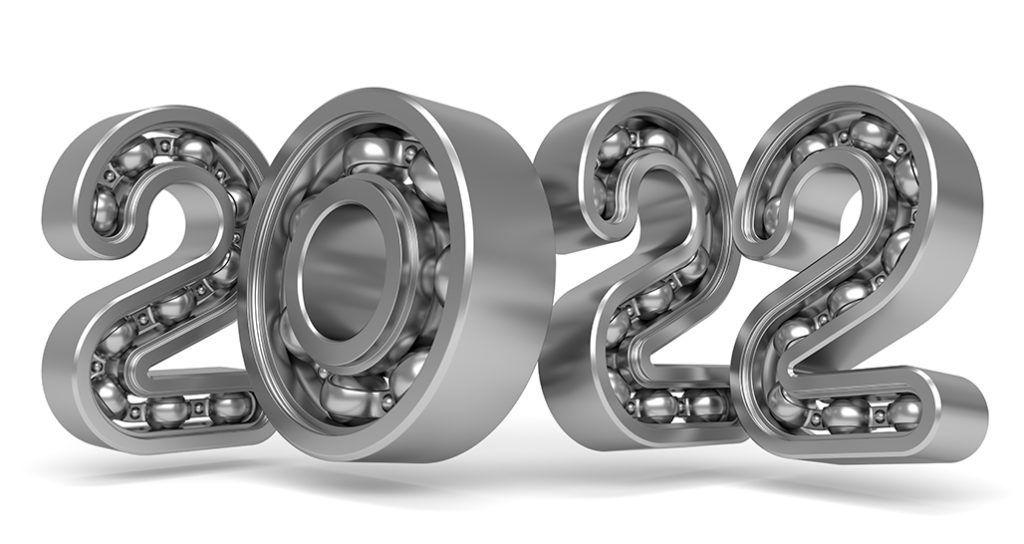
With over 30 years in the condition based maintenance industry, we know a thing or two about keeping industrial machinery operating at optimum efficiency. So, as we enter 2022, we have identified five key “must-haves” to start the new year with a strong approach to maintenance:
- Commitment to a reliability culture: working smarter, not harder
Where a preventive maintenance strategy involves checking all assets regularly, a reliability-centered approach involves looking at assets deemed most important/critical, asking “what could go wrong to cause it to fail”, and planning accordingly. For a reliability-centered approach to maintenance to be successful, it must be built on a foundation of solid asset condition based maintenance (CBM), which in turn relies on accurate data. There are many predictive maintenance (PdM) and condition monitoring tools and technologies available today for detecting potential machine issues before they become major problems (e.g. vibration analysis, infrared thermography, and ultrasonics.) However, in order to use these tools, one must have a thorough understanding of how a machine breaks down in the first place. This leads to our second “must-have.” - A clear understanding of P-F Curve
Machines are not built to run forever. Just because a machine is working right now does not mean that failures have not already begun within the system. In fact, most early signals generated by a machine cannot be detected without the use of the PdM and CBM tools/technologies. In addition, most machines will continue to run even after a failure has begun. However, once this incident occurs, it’s merely a matter of time before the machine fails catastrophically. That’s where the P-F curve comes in. The P-F curve is among the most important tools for maintenance professionals to understand as it provides valuable insight into the relationship between machine failure/breakdown, cost/time, and how it can be prevented. You can get detailed information on the P-F curve here. - Understanding of CBM technologies available
There are many different technologies available for identifying failure indicators before they snowball into costly repairs and worse, causing a shutdown of production. Some of the most commonly used ones include vibration analysis, oil analysis, infrared thermography, electric motor testing, and ultrasonic leak testing. However, if not performed correctly, the value of these technologies is significantly diminished. That’s why it’s critical that whoever is applying the technologies, whether it’s an outside contractor or in-house maintenance team member, has a solid understanding of not only the technology in general but the specific equipment being used. For more detailed information on the most common CBM technologies, the common faults they detect, and the pitfalls of misapplication, contact us today. - Ongoing training
Technology in manufacturing is here to stay. Companies wanting to stay competitive have figured out – especially after the restrictions brought about by the pandemic – that you need to get out of your comfort zone and embrace technology or get left in the dust. That’s why refresher training and workshops are essential components for keeping the right people on the right track. Just because an individual attended training 15 years ago, doesn’t mean they’re still automatically qualified to work on new, more technologically advanced machines and equipment that exist in factories today. Remember…keep the saw sharp! - Regular program auditing
A critical but often overlooked component of a strong maintenance strategy is conducting regular audits. Maintenance operations change over time due to equipment being added and/or replaced, changes to maintenance personnel, and changes to suppliers, etc. Regular auditing of a program sheds light on any new inefficiencies that have emerged, as well as any new opportunities for improvements, enabling companies to reduce maintenance costs, and maintain a positive return on their investment.
At IVC, we have some of the top minds in the CBM industry, along with the most advanced, cutting-edge technology available. Whether you’re setting up a new maintenance program or fine-tuning an existing one – our experts can help you to be sure it is sound and efficient. Contact us!
